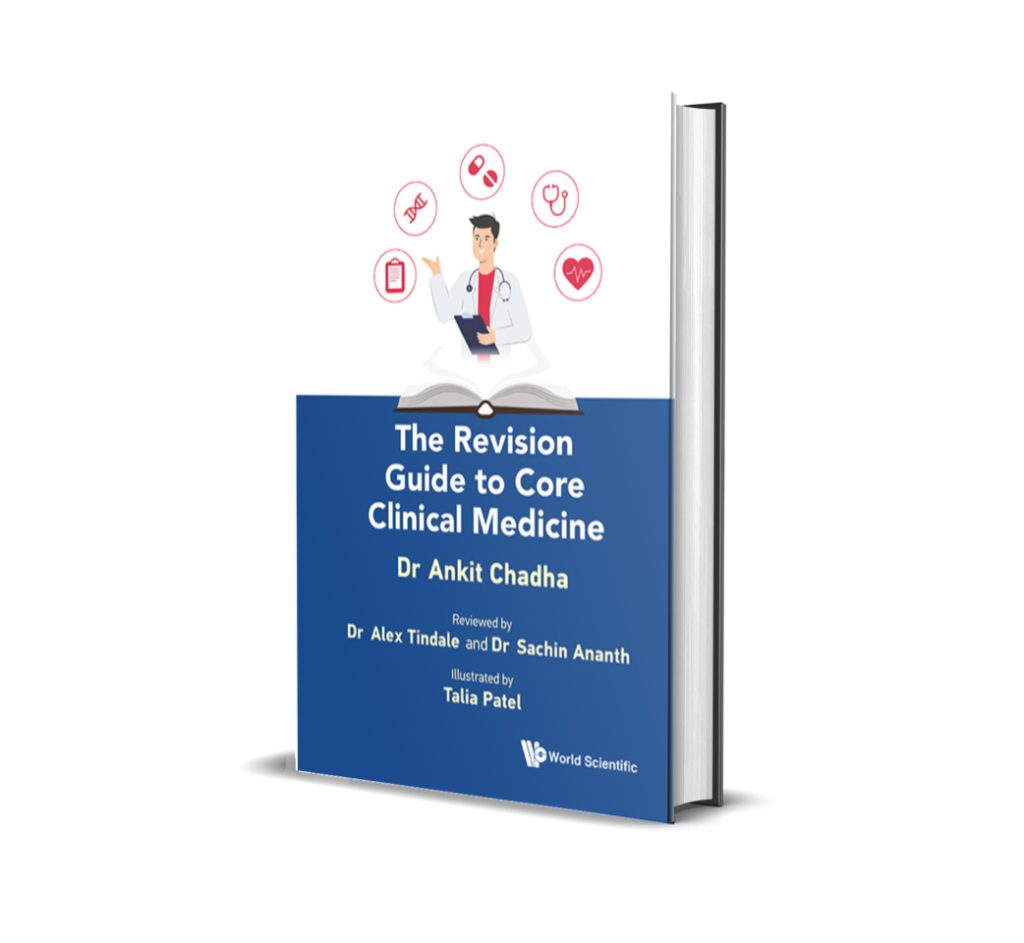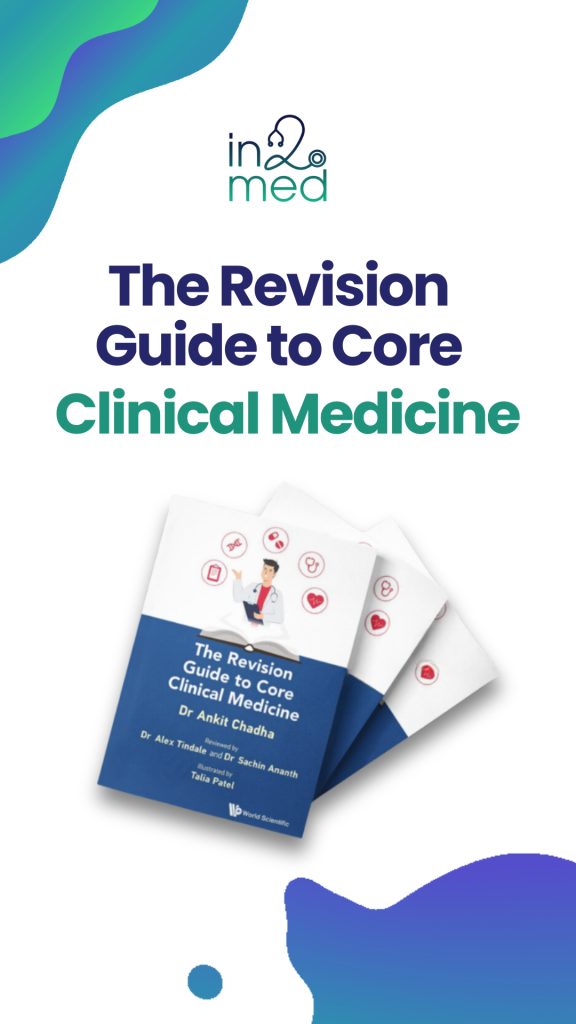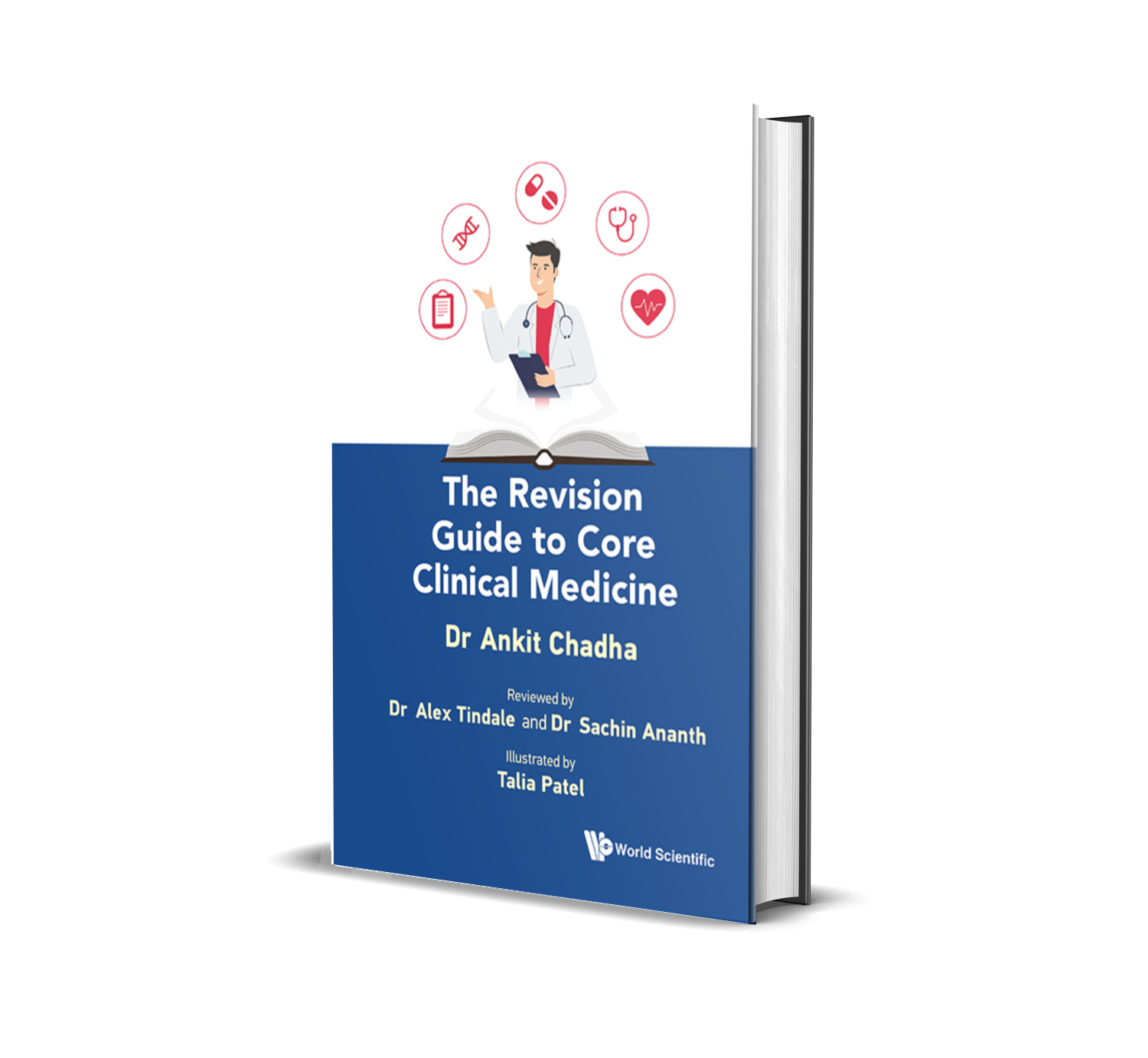Laxatives and Prokinetics
Anti-Diarrhoea medication
Opioids – Diphenoxylate, Loperamide (Imodium)
These are μ-opioid receptor agonists which inhibit bowel contractions and decrease the transit rate.
They are used for the treatment of diarrhoea.
Side effects
Constipation
CNS suppression (in very large doses)
Bismuth subsalicylate (Pepto-bismol)
This is indicated in the management and prevention of diarrhoea as it creates a protective coating along the GI tract.
It inhibits the release of intestinal chloride ions to decrease fluid in the stool.
It has antimicrobial activity, binding toxins of E. coli and has bactericidal actions too.
It has weak anti-acid properties and acts as a salicylate to reduce gastric irritation.
Side effects
Black stool and black tongue (as can combine with sulphur in saliva)
Small risk of salicylism if used for more than 6 weeks
Laxatives
Bulk-Forming Laxatives – Methylcellulose, Fybogel, Isapaghula husk
These work in the same way as fibre as they are poorly absorbed and add bulk and water to the stool.
This means peristalsis is triggered by a larger mass in the bowel.
They are available over the counter for simple and chronic constipation.
Side effects
Bloating
Flatulence
Osmotic laxatives – Lactulose, polyethylene glycol (movicol)
These act by drawing water into the lumen to stimulate peristalsis.
They are used for both acute and chronic constipation, given orally or rectally.
Lactulose is also used to prevent hepatic encephalopathy in liver cirrhosis.
Osmotic laxatives are also used first-line for treating constipation in children.
Side effects
Abdominal cramping
Flatulence
Irritant Laxatives – Senna, Bisacodyl
These irritate the bowel mucosa to stimulate smooth muscle contractions, increasing peristalsis.
Their onset of action is approximately 6–10 hours after ingestion.
They primarily work on the colon by stimulating the nervous plexus.
They are especially useful in constipation with overflow and opioid-induced constipation.
Side effects
Chronic use leads to a cathartic colon, a condition of colonic distention
Prolonged use can also cause melanosis coli, where pigment accumulates in bowel wall abnormally. Macrophages shows pigmented content on histology
Stool softeners – Docusate sodium, Mineral oil
These are anionic surfactants that have detergent action to facilitate the mixing of water and fatty substances.
They help to increase the water content of the stool, softening hard stool.
Prucalopride
This is a 5-HT4 receptor agonist which is used for chronic constipation.
It acts as a prokinetic agent for chronic constipation in patients who are unresponsive to other drugs.
Lubiprostone
This is a new class of laxative derived from prostaglandin E1.
It acts by specifically activating ClC-2 chloride channels on the apical aspect of gastrointestinal epithelial cells.
This helps to produce a chloride-rich fluid secretion which softens stool.
It is used to treat chronic constipation in adults and irritable bowel syndrome associated with constipation in women.
Opioid receptor antagonists – Naloxeglol, Naldemedine
These are peripheral opioid receptor antagonists which are used for the treatment of opioid induced constipation.
As they are newer and more expensive, they are predominantly used second-line for patients unresponsive to first-line drugs.
Disclaimer




